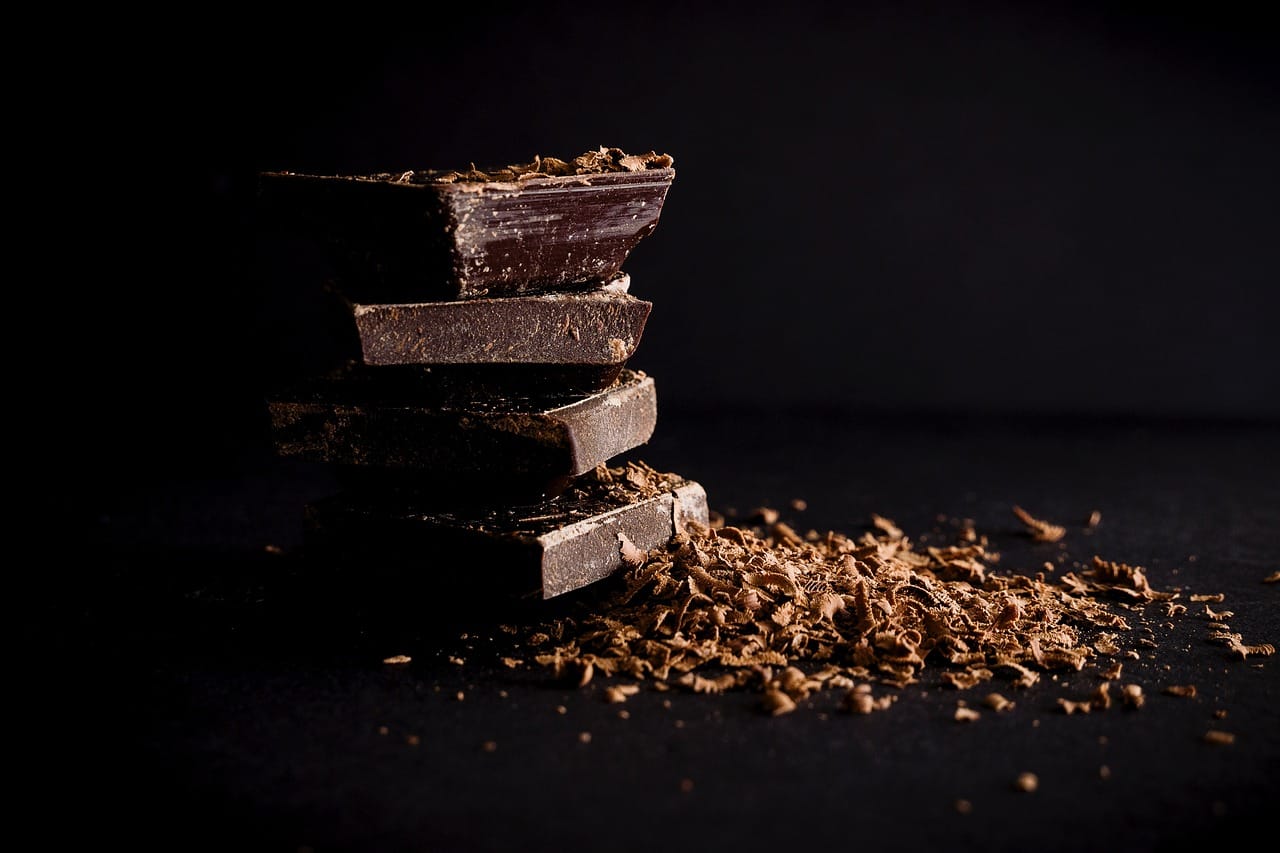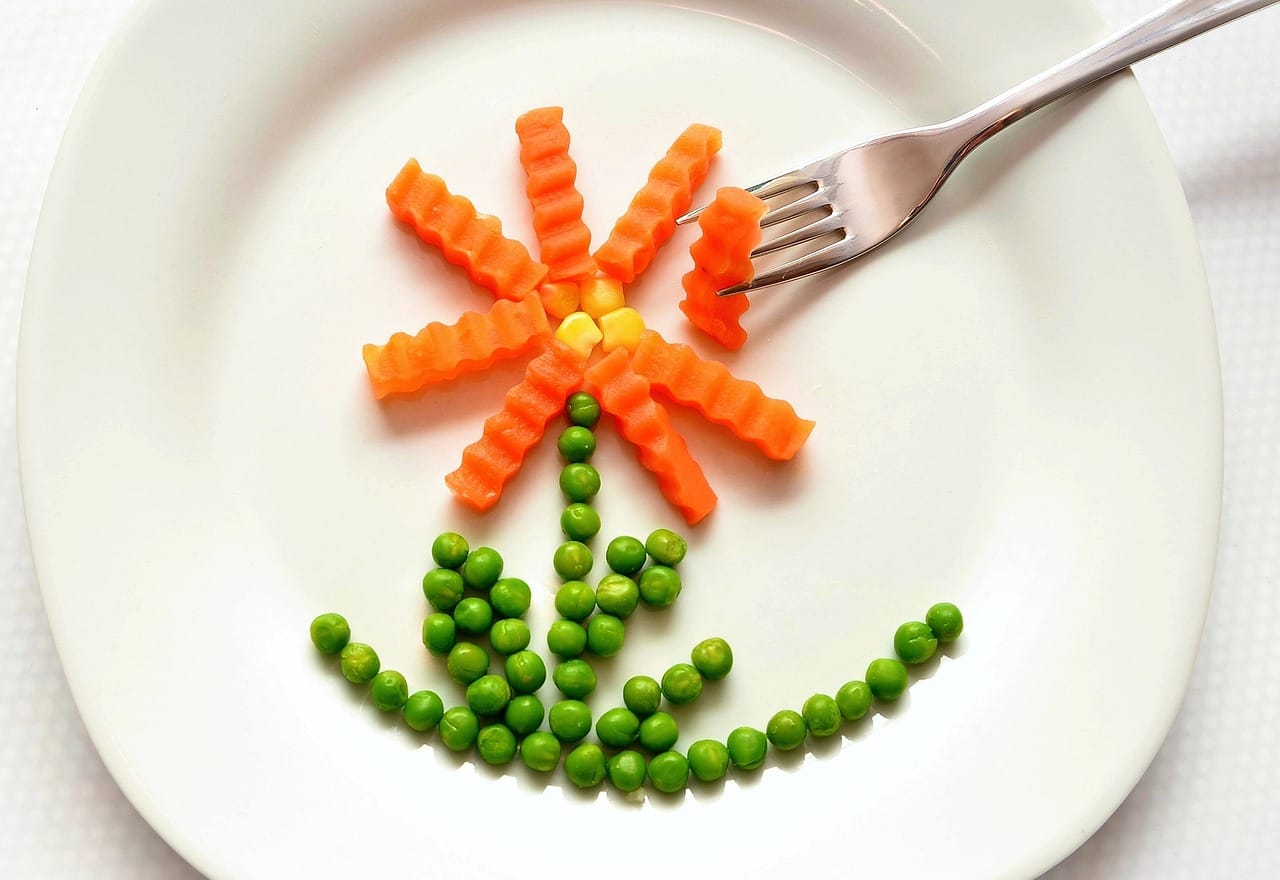Sponge cake: light, airy, and subtly sweet. This classic dessert has been a staple in kitchens for centuries, loved for its versatility and delicate texture. Whether enjoyed plain with a dusting of powdered sugar, layered with fresh fruit and cream, or used as the base for elaborate showstoppers, sponge cake never fails to impress. This comprehensive guide will delve into the secrets behind creating the perfect sponge cake, exploring its history, techniques, variations, and tips for achieving bakery-worthy results.
The History and Appeal of Sponge Cake
A Timeline of Lightness
Sponge cake’s history stretches back much further than you might think. Forerunners of the modern sponge cake existed in the Renaissance era, though these early versions often relied on whipped egg whites for leavening, a technique perfected over time. The development of chemical leaveners like baking powder in the 19th century further revolutionized sponge cake recipes, making them more accessible and reliable.
- Early Forms: Recipes using eggs and flour, but relying solely on air incorporated into eggs for lift.
- Renaissance Era: Refinement of egg-whipping techniques for enhanced volume.
- 19th Century: Introduction of baking powder, leading to more consistent results.
- Modern Era: Variations abound, incorporating diverse flavors and ingredients.
Why We Love Sponge Cake
The enduring appeal of sponge cake lies in several factors:
- Light Texture: Its airy crumb makes it a delightful, non-heavy dessert option.
- Versatility: Serves as a blank canvas for various toppings, fillings, and flavorings.
- Simple Elegance: Can be both a simple treat and the foundation of an elaborate creation.
- Timeless Appeal: Its classic nature resonates across generations.
Mastering the Sponge Cake Technique
Essential Ingredients
The simplicity of sponge cake ingredients belies the importance of quality and technique.
- Eggs: The star of the show. Fresh eggs provide the best volume and structure.
- Sugar: Contributes to sweetness, moisture, and tenderness.
- Flour: Provides structure. Cake flour is often preferred for its lower protein content, resulting in a more tender crumb.
- Leavening Agent (Optional): Baking powder can provide additional lift, especially in variations using more liquid or heavier ingredients.
- Flavorings: Extracts like vanilla, lemon zest, or almond extract enhance the flavor profile.
The Key to Airiness: Egg Preparation
The foundation of a great sponge cake is the incorporation of air into the eggs. This can be achieved through several methods, each impacting the final texture.
- Whisking Whole Eggs and Sugar: This traditional method involves whisking the eggs and sugar together until light, pale, and voluminous. It is essential to whisk vigorously and for a sufficient amount of time (often 5-10 minutes) to incorporate enough air. A stand mixer is a valuable tool for this method.
- Separating Eggs: This technique involves whisking the egg whites separately until stiff peaks form and then gently folding them into the batter. This method often results in the lightest and airiest sponge cakes. Adding a pinch of cream of tartar to the egg whites helps stabilize them.
- Japanese Sponge Cake (Castella): This method involves a warm bath (bain-marie) while whisking eggs and sugar for a more stable meringue.
Baking Essentials: Temperature and Time
Baking sponge cake requires careful attention to temperature and time to prevent it from collapsing or becoming dry.
- Oven Temperature: A moderate oven temperature (around 325-350°F or 160-175°C) is typically recommended. Too high a temperature can cause the cake to rise too quickly and then collapse.
- Baking Time: The baking time will vary depending on the size and shape of the cake pan, but it generally ranges from 25 to 40 minutes. The cake is done when a toothpick inserted into the center comes out clean or with a few moist crumbs attached.
- Cooling: Allowing the cake to cool completely in the pan before inverting it helps prevent it from breaking.
Sponge Cake Variations and Flavor Enhancements
Exploring Different Styles
While the basic principles remain the same, sponge cake manifests in diverse forms across cultures and recipes.
- Victoria Sponge Cake: A classic British version, often filled with jam and whipped cream.
- Genoise Cake: A drier sponge cake popular in Europe, often soaked in syrup.
- Angel Food Cake: An ultra-light sponge cake made with only egg whites.
- Chiffon Cake: A hybrid between sponge cake and oil cake, resulting in a moist and airy texture.
- Japanese Sponge Cake (Castella): A dense, slightly sweet sponge cake.
Adding Flavor and Texture
The simple base of sponge cake lends itself well to various flavor infusions.
- Extracts and Zests: Vanilla, almond, lemon, and orange are popular choices.
- Spices: Cinnamon, nutmeg, and cardamom add warmth and depth.
- Fruit Purees: A small amount of fruit puree (e.g., raspberry or strawberry) can be incorporated into the batter.
- Nuts: Finely ground nuts can add texture and flavor.
- Chocolate: Cocoa powder or melted chocolate can be used to create chocolate sponge cakes.
Troubleshooting Common Sponge Cake Problems
Preventing Collapse
A common issue is a sponge cake collapsing after baking. Several factors can contribute to this:
- Under-whipped Eggs: Ensure the eggs are whisked to the proper volume.
- Over-mixing: Once the flour is added, mix gently to avoid deflating the batter.
- Oven Temperature: Make sure your oven temperature is accurate.
- Opening the Oven Door: Avoid opening the oven door frequently during baking.
Avoiding Dryness
Sponge cake can sometimes turn out dry. This can be prevented by:
- Proper Measuring: Accurate measurements are crucial.
- Avoiding Overbaking: Check the cake for doneness using a toothpick test.
- Moistening: If the cake is slightly dry, you can brush it with a simple syrup.
Achieving Even Rise
An uneven rise can be frustrating. Here’s how to promote even baking:
- Pan Preparation: Ensure the cake pan is properly prepared (greased and floured or lined with parchment paper).
- Batter Distribution: Distribute the batter evenly in the pan.
- Oven Rack Position: Position the cake in the center of the oven.
Conclusion
Sponge cake, with its delicate crumb and versatile nature, is a timeless dessert that continues to delight bakers and eaters alike. By understanding the fundamental principles of ingredient selection, egg preparation, and baking techniques, you can consistently create light, airy, and delicious sponge cakes. Experiment with different flavors and variations to personalize your creations and impress your friends and family. With practice, mastering the art of sponge cake will become second nature, allowing you to confidently whip up this classic treat for any occasion.




